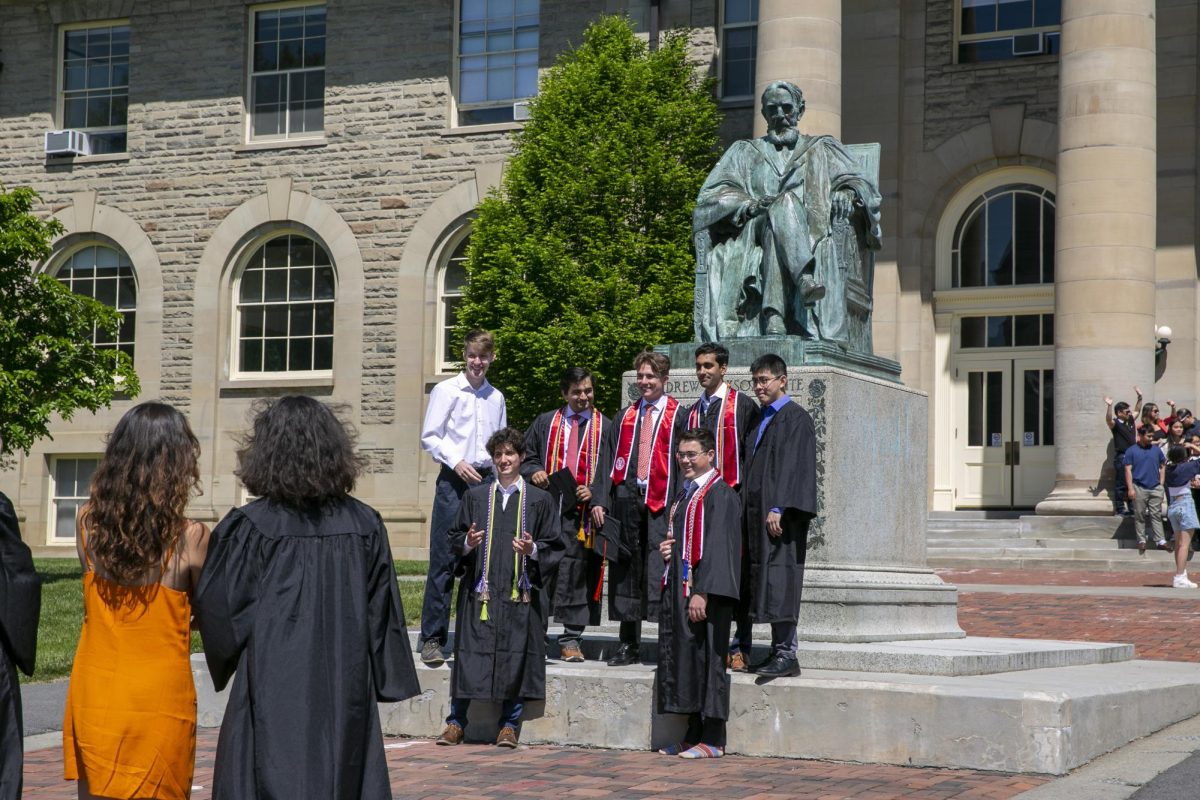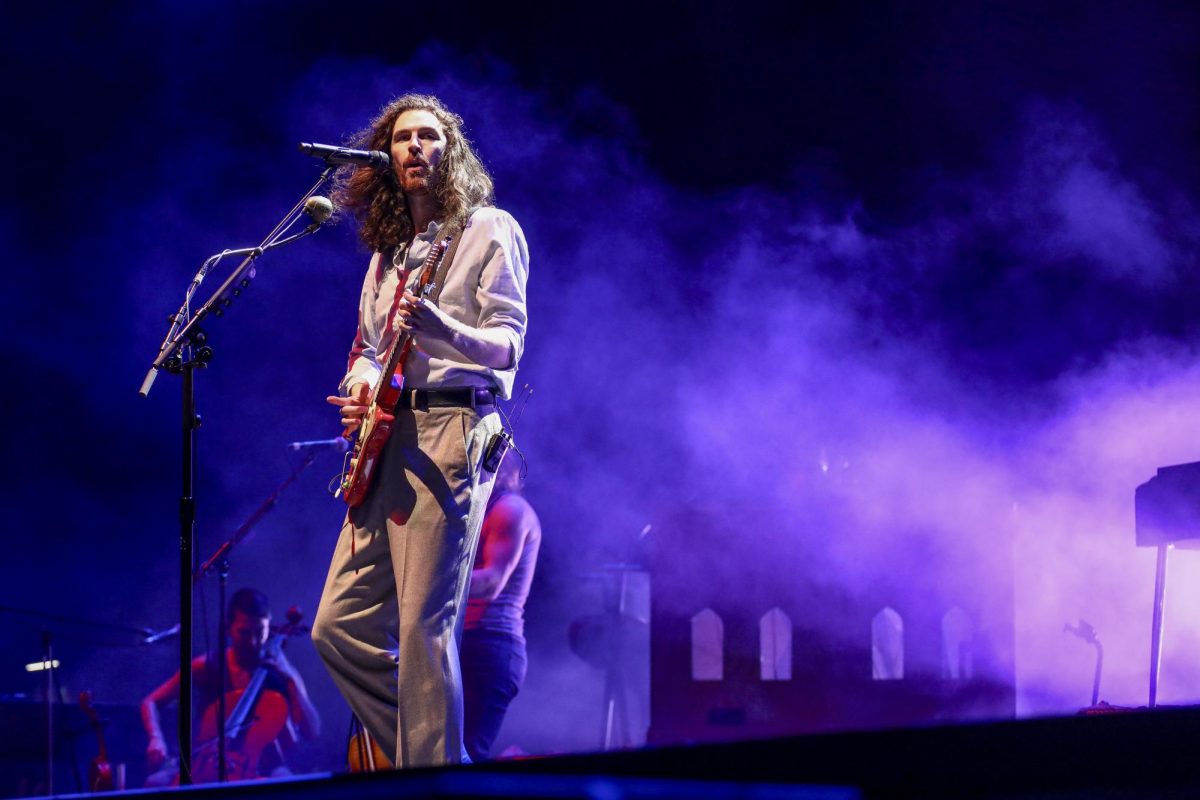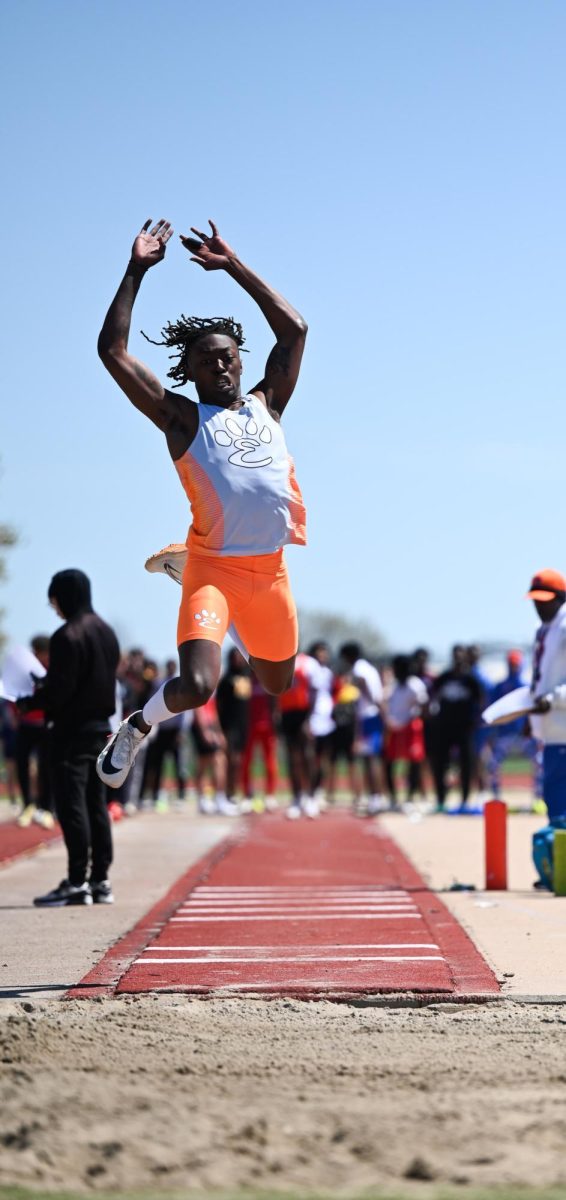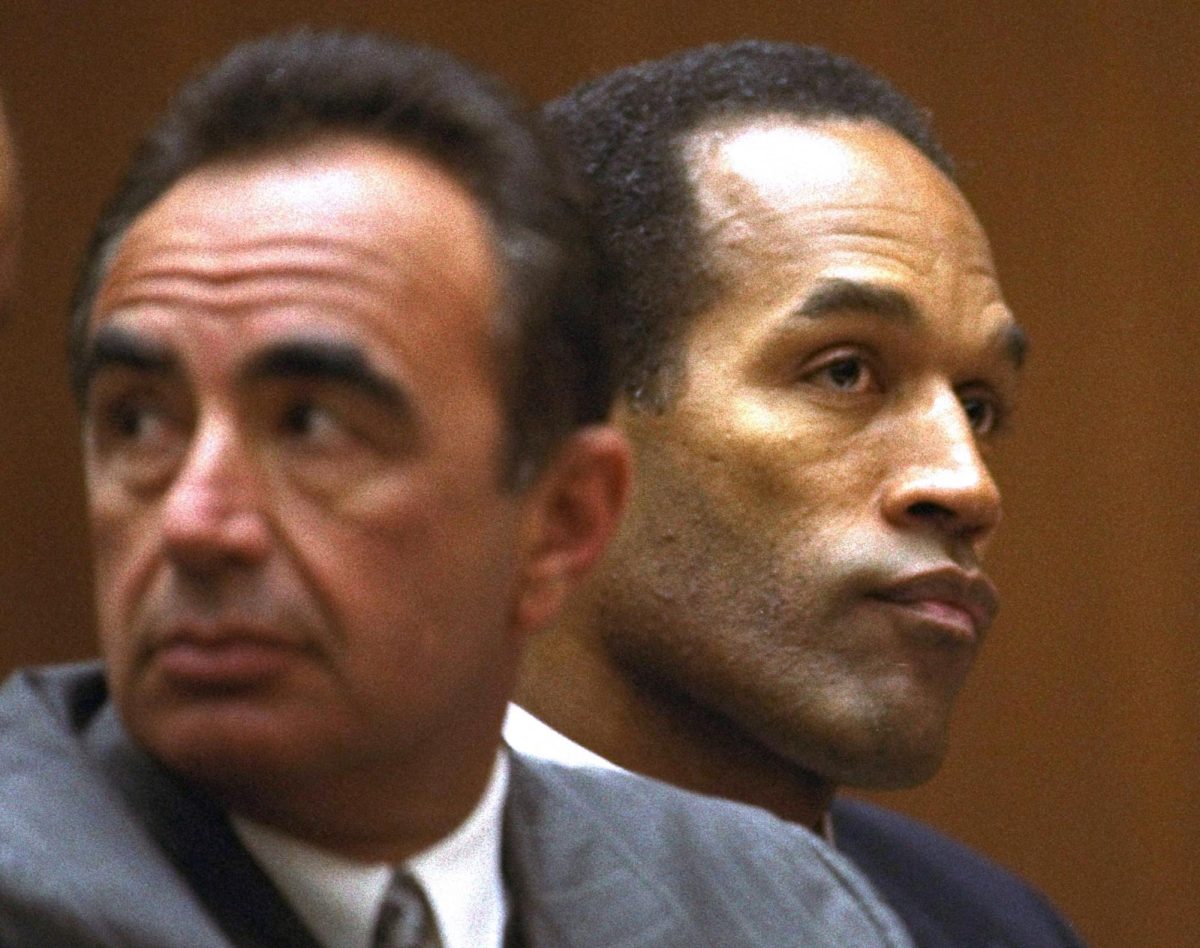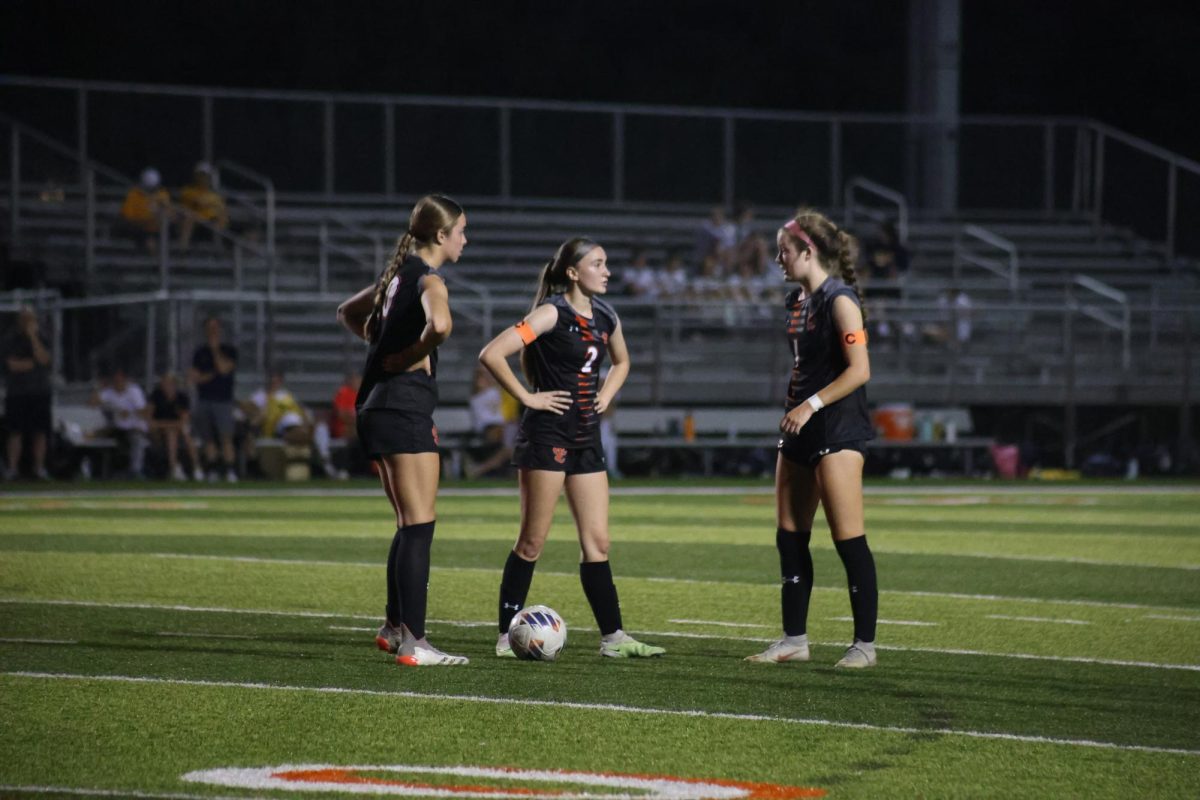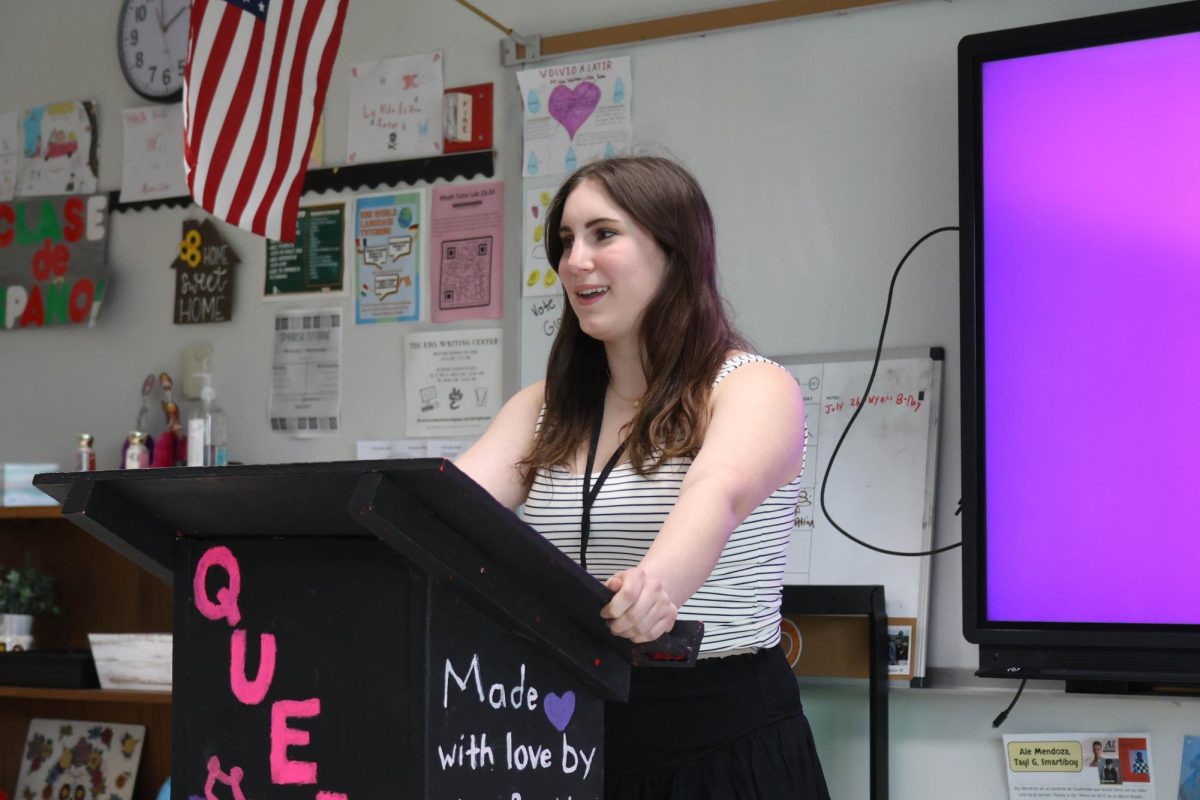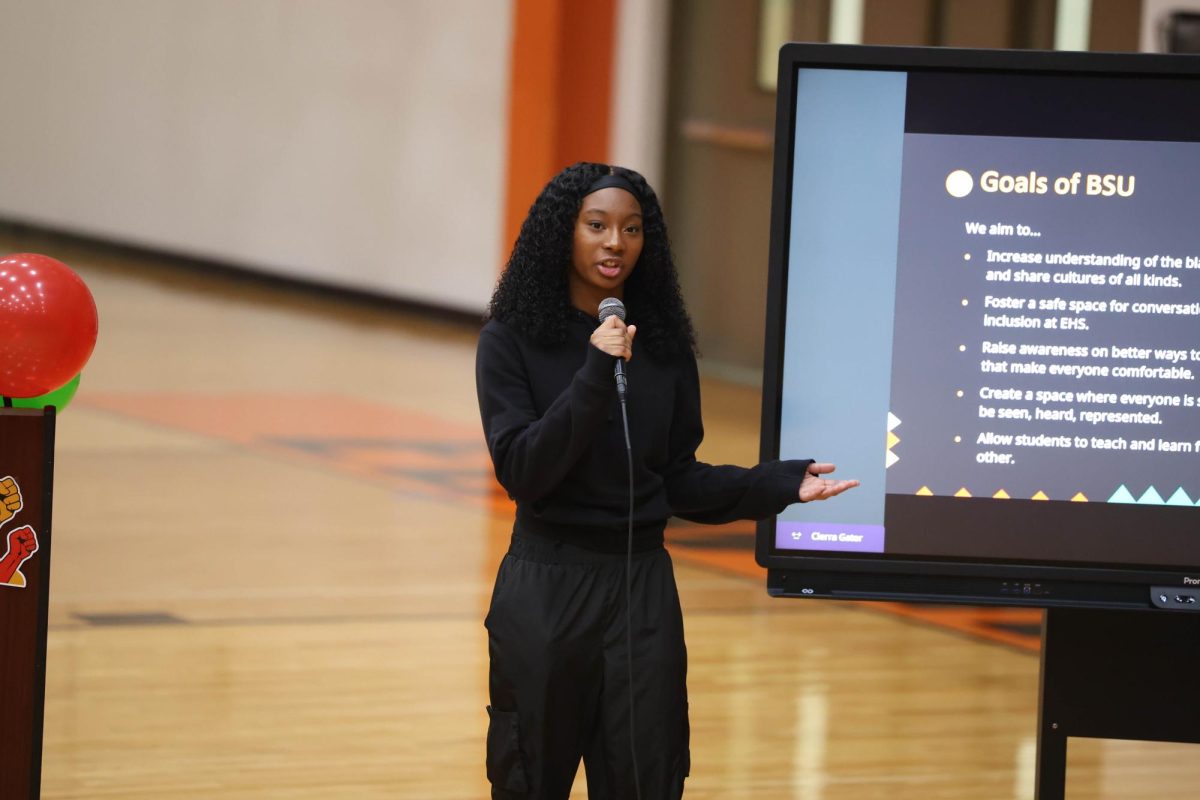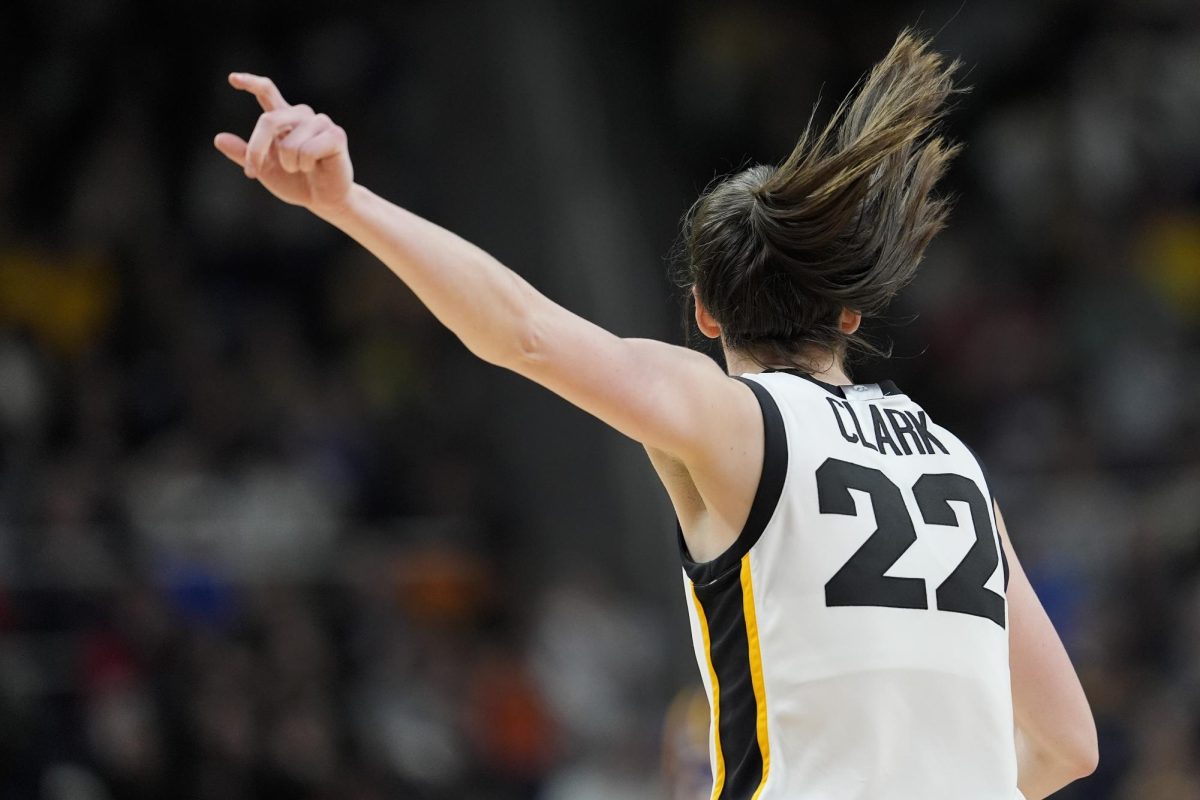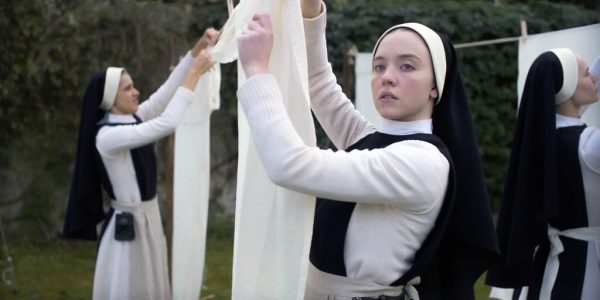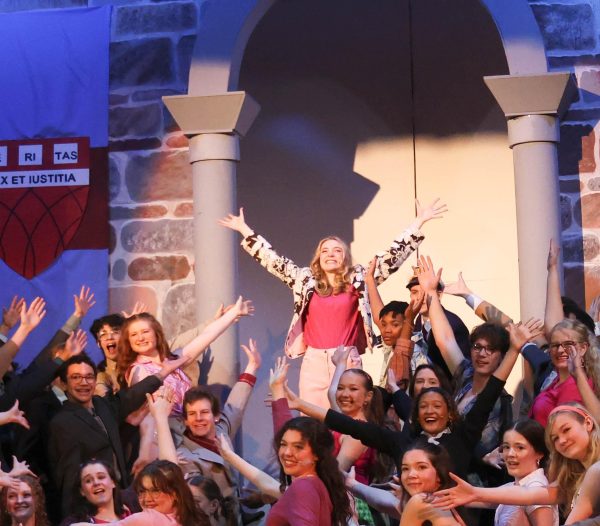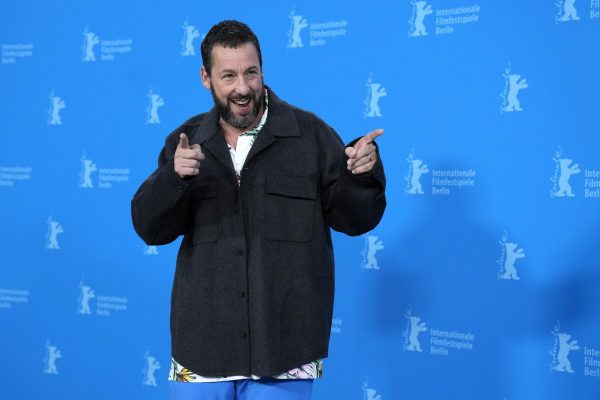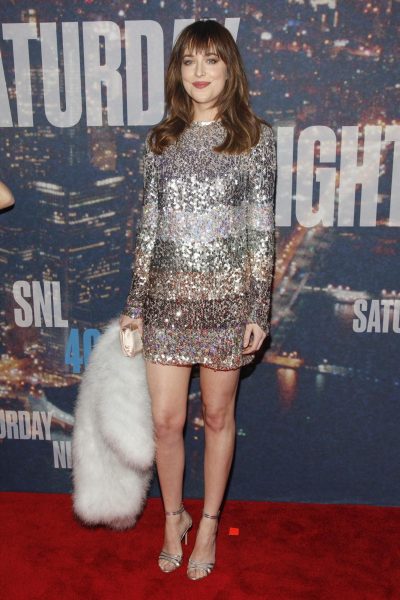‘America’s Next Top Model’ Leaves Ugly Legacy Behind
January 29, 2021
In an effort to cure my quarantine boredom, I recently watched “America’s Next Top Model” for the first time. After seeing numerous TikToks exposing the show for its controversial content, I had to see what all the fuss was about.
“America’s Next Top Model,” which ran for 24 seasons between 2003 and 2018, features 10-15 aspiring models who compete for the title. The “top model” wins a $100,000 modeling contract and a feature in a fashion magazine. They are judged on their runway walk, photoshoots, random challenges, appearance and attitude, and the model who performs the worst goes home.
The show is entertaining, to say the least. However, the episodes are so chaotic and problematic that they leave me speechless. Each season, an average of 1.16 million people witnessed this monstrosity of a reality show, and its most horrific moments probably still haunt them today.
In season three, a contestant was criticized several times for embracing her African heritage. A white guest judge voted to eliminate her saying, “You have this intensity to prove your sort of ‘African-ness,’ and it just isn’t attractive.”
Season three was one of many that included incidents of racial insensitivity.
A disturbing photoshoot concept in season four was to “switch ethnicities and take on the persona of that ethnicity.” This episode featured numerous women in black face. Many of the models were upset by the shoot, and a mixed-raced contestant cried because she was transformed into a white woman using hair, makeup and costume.
I thought the backlash from this photoshoot would cancel the show altogether. But to my surprise, the show was not canceled, and the producers used the same concept nine seasons later. More girls in black face. More girls in culturally offensive costumes. More girls inappropriately stereotyping other cultures.
Let’s talk about another offensive photoshoot concept: model stereotypes. The contestants are assigned “model stereotypes” to portray in their photos. These stereotypes include “anorexic model,” “dumb blonde,” “black model the industry is trying to turn white,” “bulimic model,” “drug-addict model” and other preposterously offensive labels. The photoshoot was so graphic that the contestant representing “bulimic models” posed with fake puke on her hands while sitting on a toilet.
These topics could trigger anyone with an eating disorder, anyone struggling with addiction and many others.
Other scenes deserve just as much hate: directors shamed a model for speaking up against a male model who touched her without consent, judges forced a contestant to close a gap between her front teeth and threatened her with elimination and judges mocked a contestant because of her sexual orientation and suggested she “tone down her gayness.”
The scenes are shocking, and the show’s host and executive producer, Tyra Banks, only recently addressed the drama.
In 2020, Banks tweeted this statement: “Been seeing the posts about the insensitivity of some past ANTM moments, and I agree with you. Looking back, those were some really off choices. Appreciate your honest feedback and am sending so much love and virtual hugs.”
This tweet doesn’t come close to an apology. We need to learn from past issues, educate ourselves and change our ways. So if you ever need examples of how not to treat people, you can stream the 315 episodes of “America’s Next Top Model” that are still available to the public.


